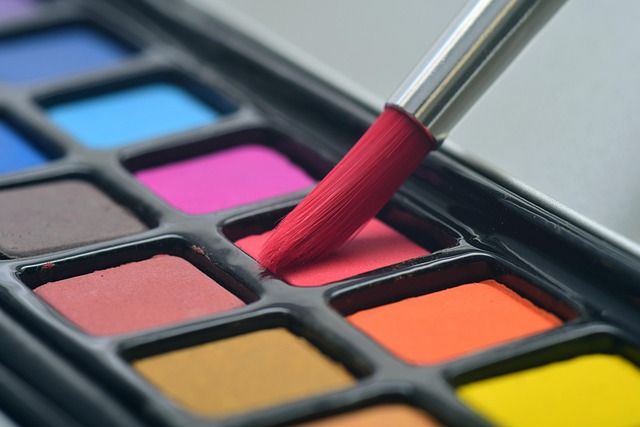Colors have an incredible power to evoke emotions, tell stories, and represent cultural identities. At the heart of this colorful world lies the paint palette, a fundamental tool for artists that simultaneously serves as a bridge between fine arts and culture. From the vibrant hues of oil paints to the delicate strokes of watercolors, the paint palette is not just a selection of colors; it is a manifestation of artistic expression and cultural heritage.
In fine arts, the paint palette is where the magic begins. Artists meticulously choose colors to convey their intended message, utilizing shades and tones to create depth, contrast, and harmony within their works. The blending of colors on a painter’s palette embodies a process of transformation, turning mere pigments into a visual language that speaks volumes. Each brushstroke adds layers of meaning, shaping the viewer’s perception and engagement with the artwork.
Culture plays an equally significant role in the choice of colors on the paint palette. Different cultures have unique interpretations of colors, often imbued with symbolic meanings. For instance, red is a powerful hue in many Eastern cultures, representing luck, prosperity, and joy, while in Western contexts, it may evoke passion or danger. An artist drawing inspiration from their cultural background can create a palette that resonates deeply with their audience, merging personal stories with universal themes.
The significance of the paint palette is further highlighted in the diverse art movements throughout history. The Impressionists, for example, revolutionized the way color was perceived and utilized. They shifted from traditional muted palettes to vibrant, saturated colors, capturing the essence of light and its changing qualities. This bold approach not only changed the landscape of fine arts but also reflected the cultural shifts of their time, moving away from academic constraints towards a more expressive model.
Moreover, the introduction of synthetic pigments in the 19th century expanded the artist’s paint palette, providing previously unavailable colors that could broaden creative expression. Artists began to explore new techniques and styles, influenced by the changing cultural landscapes of their societies. This exploration of color allowed for greater representation of diverse subjects, challenging historical narratives and catalyzing dialogue within the arts community.
Today, the exploration of the paint palette continues to evolve. Modern artists engage with digital tools that offer a renewed experience of color manipulation, expanding the boundaries of traditional painting. However, even with advancements in technology, the emotional connection to the paint palette remains unchanged. Each color still holds the potential to transport us to different places, evoke memories, and provoke thought.
In this journey of exploring the intersection of fine arts and culture through the lens of the paint palette, we realize that colors are not merely visual stimuli but are intricately woven into the fabric of human experience. The stories they tell, the emotions they trigger, and the cultural significance they carry remind us that art is a universal language, transcending boundaries and connecting us to our shared humanity.




